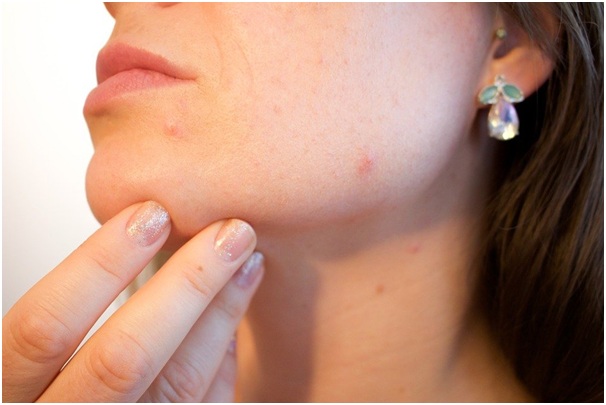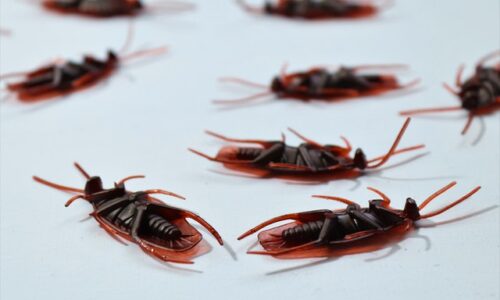
Warts, moles and skin tags are growths on the skin. Almost everyone has them but most people do not realize that there is a natural solution for each. Below you will find some information about each condition and our top three natural products that will help you regain clear unblemished skin gently and effectively.
Moles are Very Common
Everyone has at least one while some may have as many as forty or more. Most moles develop during our lifetime but some one per percent of us are born with moles. Moles are normally small and visible as brown or dark spots in the skin but they can be flesh-colored or yellow-brown. Flat or raised, special cells that contain the pigment melanin cause the brown color of most moles.
Always keep an eye on your moles and see a doctor or dermatologist if:
- You notice that a mole changes size, shape or color
- It bleeds or becomes itchy or painful
- Moles suddenly appear after the age of twenty.
Different Types of Warts
There are many different types of warts. These include: common warts (often seen on the hands); flat warts (usually appearing on the back of the hand or on the leg); subungual and periungual warts (affecting the nails); painful plantar warts (occurring on the soles of the feet); and more.
When warts appear, it always helps to concentrate on boosting the immune system by including plenty of vitamin C as well as zinc-rich and probiotic foods in your diet. When the immune system is strong, warts are generally harmless and resolve on their own within months, or at most a couple of years, because of natural immunity.
Warts are contagious so if you do develop one, refrain from scratching or picking at it, wear something on your feet if you use public wet areas (such as showers or locker rooms) and avoid contact with anyone with a wart. Wash your hands carefully after touching warts and make sure you dry them thoroughly. Use your own clothing and towels and wash them frequently.
How to Identify Skin Tags
Skin tags are those small pieces of skin that hang off the skin but they are actually attached. They are usually irregular and bumpy in appearance with a fleshy color or darker skin color. Skin tags are very common and can vary in color and size but when they first appear as small flaps, they all look the same. It is only as they grow larger, that they can take on different shapes and sizes The scientific name for skin tags is acrochordon.
The good news is that skin tags are harmless, they are not infectious and you can get rid of them with a natural and safe option – minus any risk of pain or scarring.




